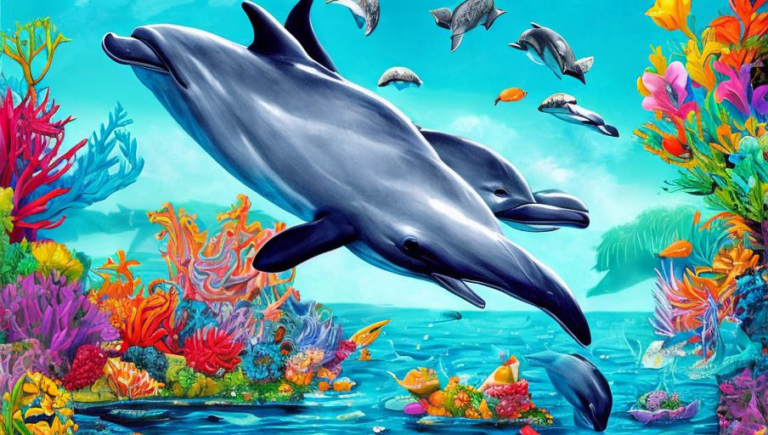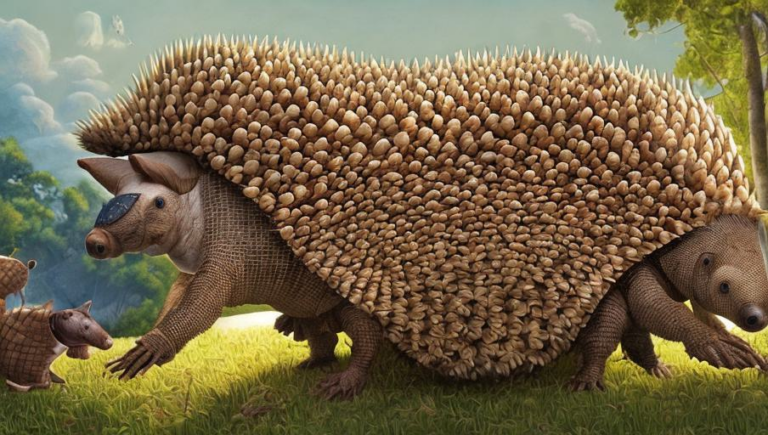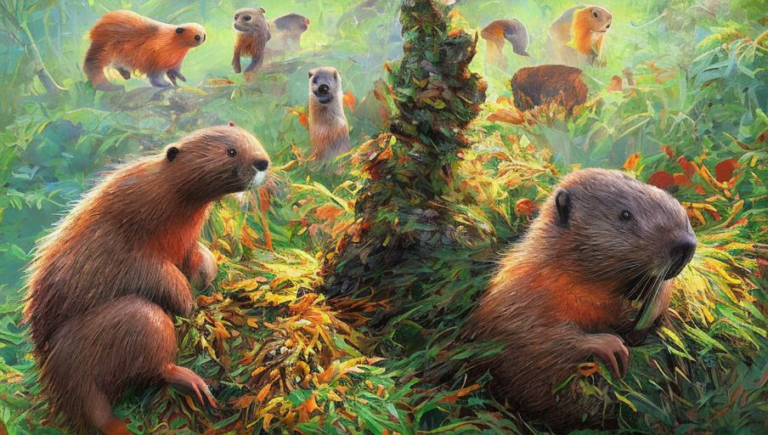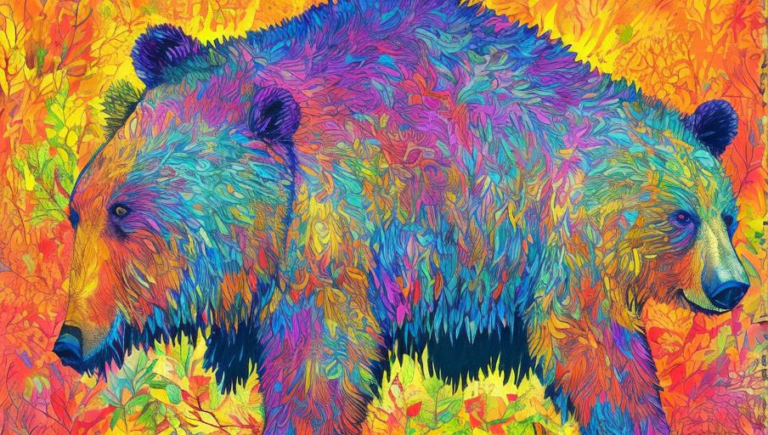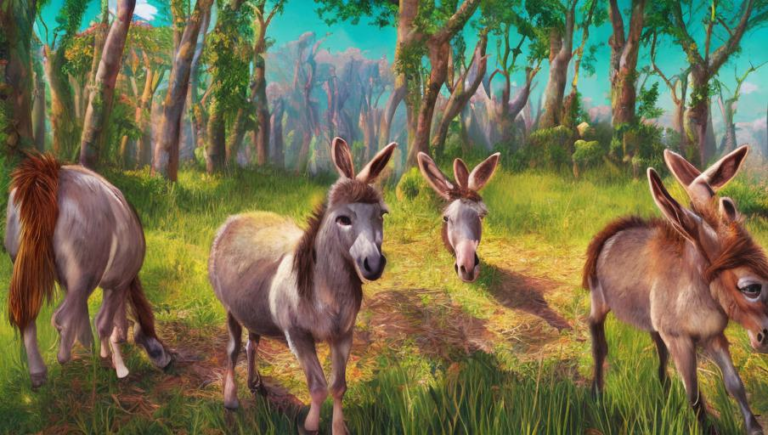Beyond the Zoo: Aardvark Conservation Efforts

Introduction
Aardvarks are strange, yet fascinating animals, known for their long, pig-like snouts and propensity for burrowing. But these nocturnal creatures are also incredibly important to African ecosystems, helping to control insect populations, aerate the soil, and provide food for predators. Unfortunately, aardvarks are facing a number of threats in the wild, making conservation efforts more important than ever.
Habitat Loss and Fragmentation
Aardvark populations are declining due to a variety of factors, but one of the main drivers is habitat loss and fragmentation. As human populations grow and the need for land increases, aardvarks are losing their natural habitats. This is especially true in areas where deforestation is taking place, as aardvarks rely on wooded areas for shelter. In addition, aardvarks are slow breeders, which makes it difficult for their populations to recover from habitat loss.
Illegal Hunting
Illegal hunting is another major threat facing aardvarks. Aardvarks are often hunted for their meat, which is considered to be a delicacy in some parts of Africa. In addition, their hides are sometimes used to make clothing and their claws and teeth are used in traditional medicines and jewelry. Despite laws in place to protect aardvarks, illegal hunting remains a major issue for their populations.
Drought and Climate Change
Drought and climate change are also impacting aardvark populations. Aardvarks rely on soil moisture to survive and reproduce, so when the climate is too dry, it can have a major effect on them. In addition, climate change is resulting in more erratic weather patterns, which can disrupt aardvark habitats. This makes it harder for aardvarks to find food and shelter and can cause their populations to decline.
Conservation Efforts
Fortunately, there are a number of conservation efforts in place to protect aardvarks and other African wildlife. For example, the African Wildlife Foundation is working to protect aardvarks and their habitats by advocating for better land management policies and creating awareness of the threats they face. In addition, the International Union for Conservation of Nature (IUCN) has listed the aardvark as a species of least concern, meaning that it is not currently at risk of extinction.
Conclusion
Aardvarks are an important part of African ecosystems and their conservation is essential for the health of the environment. Unfortunately, aardvarks are facing a number of threats, including habitat loss, illegal hunting, and climate change. Fortunately, there are many conservation efforts in place to protect aardvarks and their habitats, but more must be done to ensure their survival in the wild.

